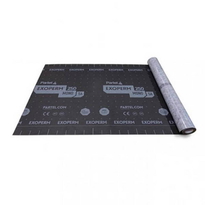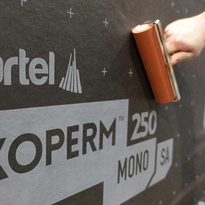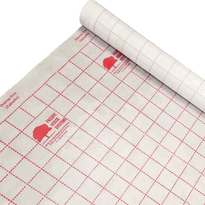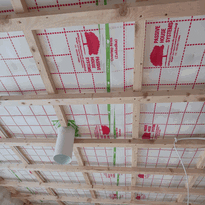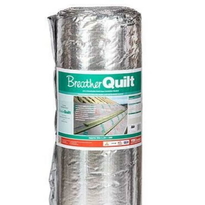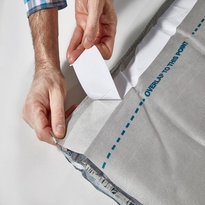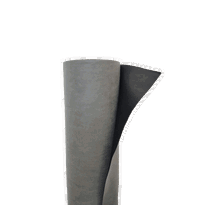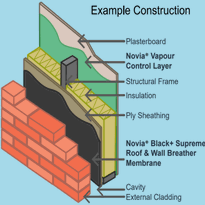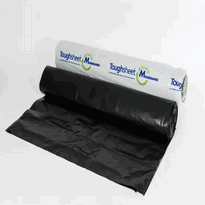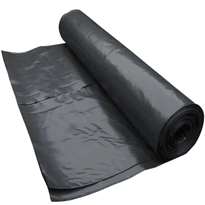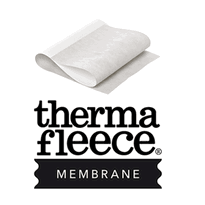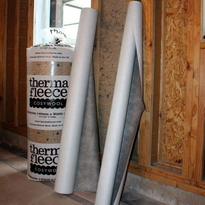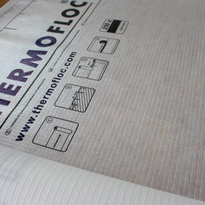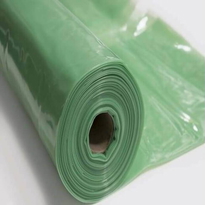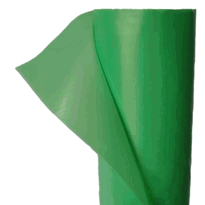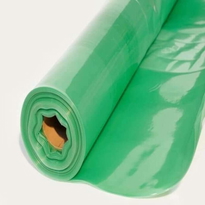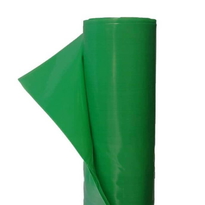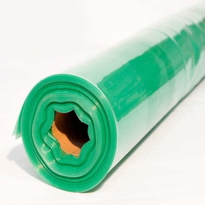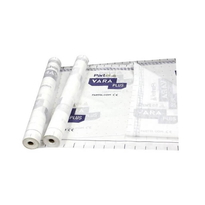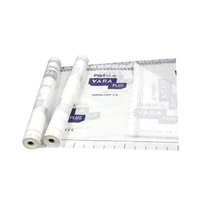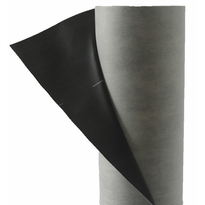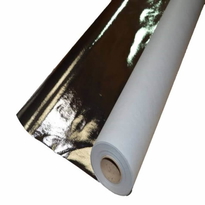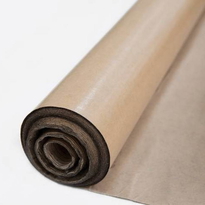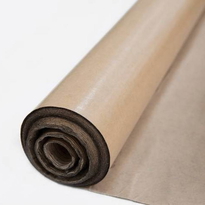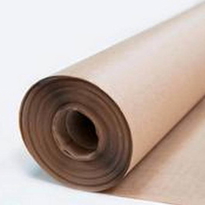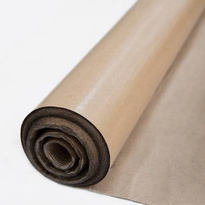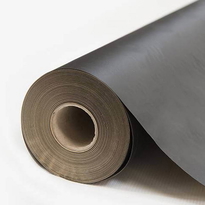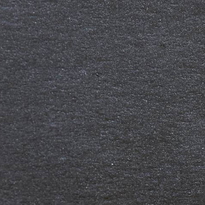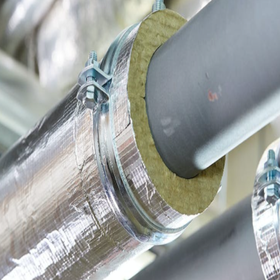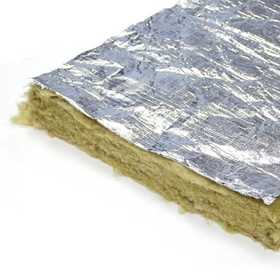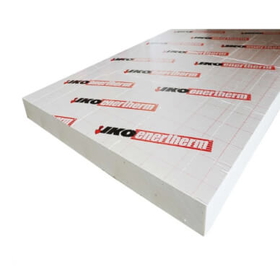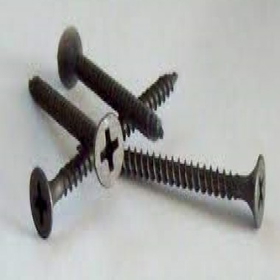Similar Categories
Enhance Building Performance with Breathable Building Membranes for Roof Insulation
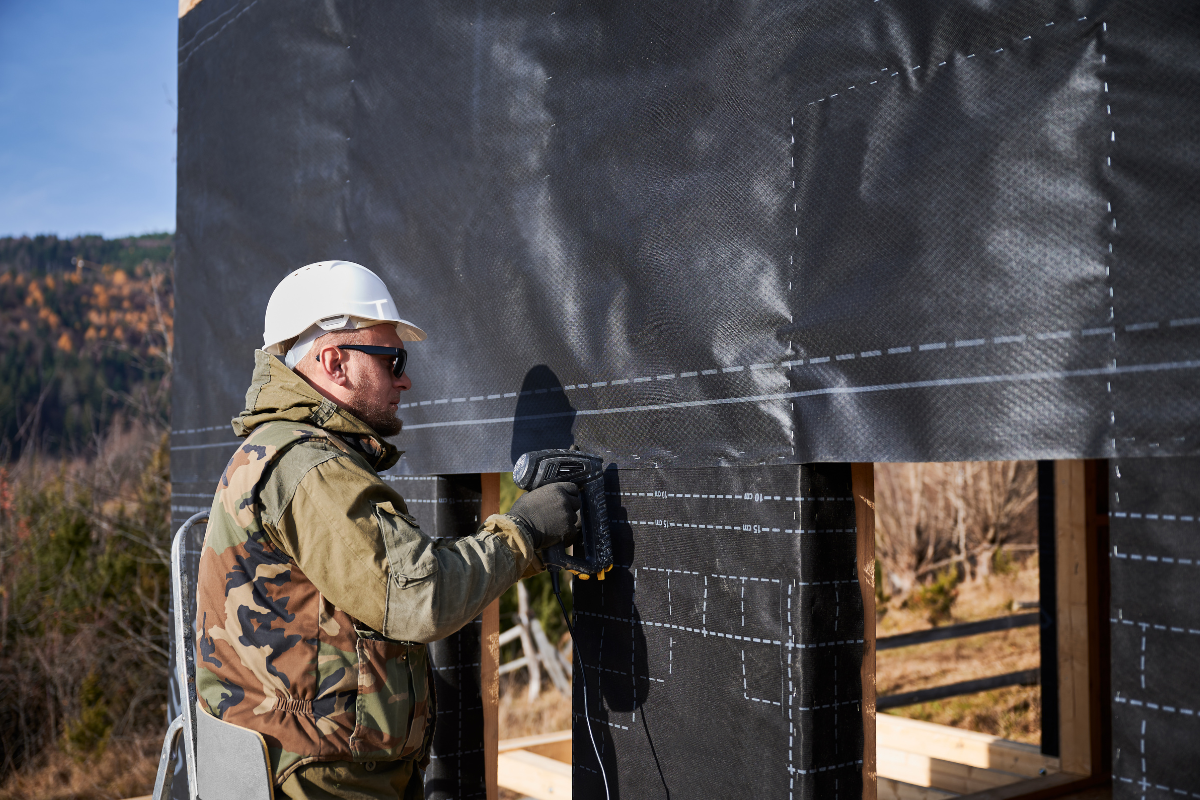 Building membranes have been a standard construction material used in several forms for centuries. This product protects the structure from precipitation and weather elements while improving energy efficiency.
Building membranes have been a standard construction material used in several forms for centuries. This product protects the structure from precipitation and weather elements while improving energy efficiency.
The specific invention of modern building membranes, as we know them today, is a more recent development. Synthetic products gained prominence in the mid-20th century as polymer-based materials became an industry standard.
Since the 1960s, membrane technologies have evolved to provide excellent water resistance while providing vapour transmission. This trait makes it an ideal choice for the building envelope.
Today, building membranes are a standard component in modern construction practices, protecting against moisture, air infiltration, and energy loss.
What Are Building Membranes?
Building membranes offer a protective barrier for modern homes and buildings. This construction material comes with several choices to consider for helping control how air, heat, or moisture moves between the exterior and interior of the structure.
Today's best building membranes are typically installed on the outer layer of the structure, like the walls or roof. They are crucial in ensuring a home meets its energy efficiency and comfort goals while remaining durable.
Once installed, building membranes help a home or business address five crucial functions.
· Weatherproofing. Building membranes act as a barrier against wind, rain, and snow, preventing water infiltration into the building's structure. This trait helps protect against moisture-related damage and mould growth.
· Vapour Control. Membranes can control the movement of air and water vapour through the building envelope. By reducing air leakage, this product improves energy efficiency by minimising heat loss or gain and preventing draughts.
· Thermal Insulation. Some building membranes offer this feature, reducing heat transfer between the interior and exterior of a building. That helps keep indoor temperatures comfortable, reducing the need for additional or excessive heating or cooling modification.
· Breathability. Building membrane designs allow moisture or vapour to escape the building while preventing liquid water from entering. This trait prevents condensation, which can lead to structural damage or indoor air quality problems.
· Fire Resistance. Today’s best building membranes may incorporate fire-resistant properties, contributing to the property’s overall fire safety.
Building membranes can be made from various materials, including films, foils, laminates, or synthetic fabrics. Your choice depends on the property’s specific requirements and local climate conditions to ensure the desired performance characteristics are available.
Why Is Vapour Control Necessary for Homes and Buildings?
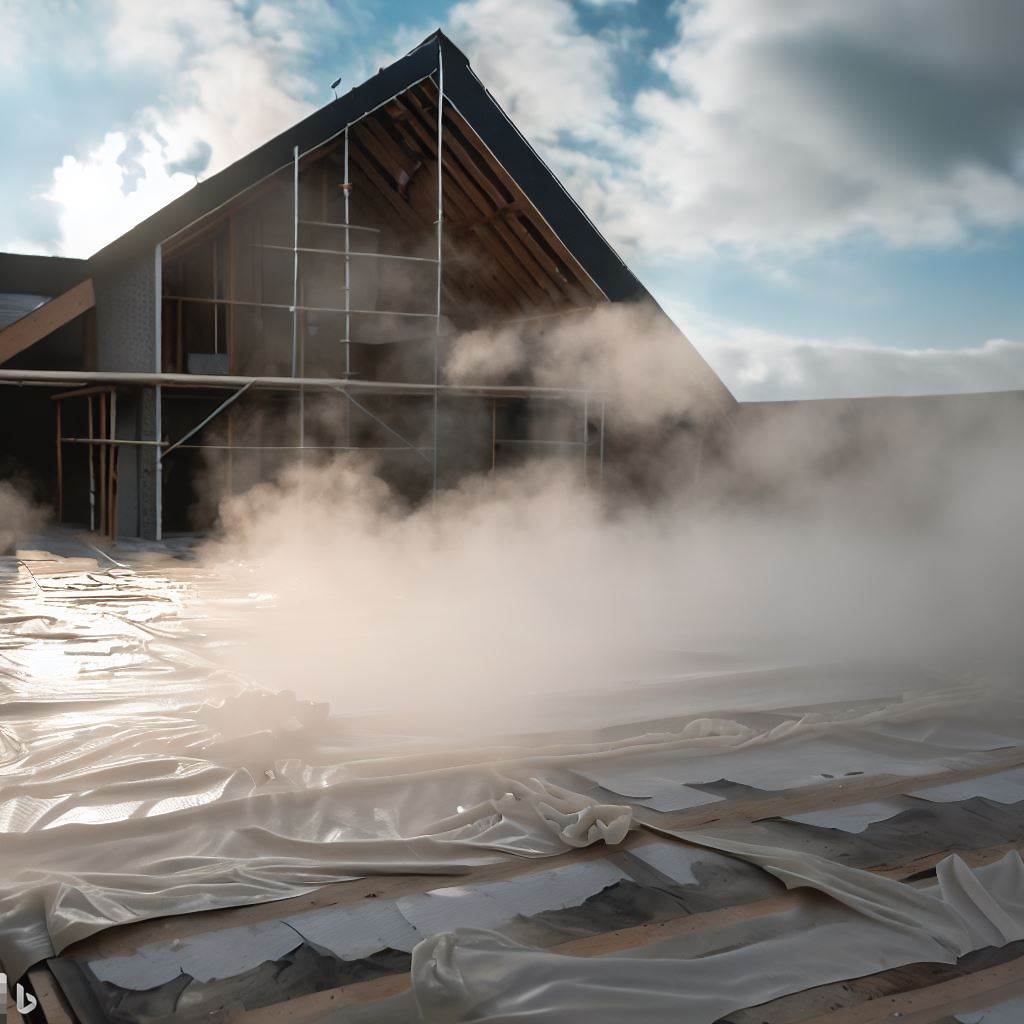 Vapour control with building membranes is essential to homes and commercial properties for several reasons.
Vapour control with building membranes is essential to homes and commercial properties for several reasons.
For starters, moisture can enter buildings through various sources such as rain, humidity, or diffusion. This problem can damage structural components like insulation or finish if left unaddressed. Stopping it prevents or reduces the risk of rot and deterioration.
Uncontrolled moisture movement can affect the thermal performance of buildings. Water vapour has a higher thermal conductivity than air, allowing it to carry heat more efficiently. By reducing how much infiltrates the property, the control measures help maintain desirable indoor temperatures while improving energy efficiencies by reducing heating and cooling system workloads.
High humidity levels can make a space uncomfortable, even at moderate temperatures. Vapour barriers help create a more comfortable living or working environment by controlling moisture.
Proper design, installation, and maintenance of vapour control systems are essential to ensure their effectiveness and maximise their benefits to homes and commercial buildings.
How Quickly Can Water Vapour Damage a Home?
Water vapour itself is not necessarily damaging, but excessive moisture can lead to problems over time. Condensation is often the most significant issue because it causes moist air to condense to liquid water as it contacts a cooler surface.
Structural damage can take several months to develop, but it can be devastating in a few days with excessive water present.
Excessive moisture in the air is known to harm sensitive electronic devices, such as computers, TVs, or audio equipment. If not adequately protected, the humidity can cause corrosion and malfunctions.
What Can Happen If Building Membranes Are Not Used?
If homes or commercial buildings do not have a building membrane installed, several issues can eventually arise with the property. Here is a closer look at the problems and why it is crucial to invest in this asset.
Moisture Damage
 Without an effective barrier, moisture can enter the building through various sources, such as rain, humidity, or water vapour diffusion. It can seep into the building envelope, leading to problems such as rot, mould growth, and deterioration of structural materials.
Without an effective barrier, moisture can enter the building through various sources, such as rain, humidity, or water vapour diffusion. It can seep into the building envelope, leading to problems such as rot, mould growth, and deterioration of structural materials.
Some forms of moisture damage can take several months to become apparent. Wood warping or musty odours might be the only detectible signs before a significant failure.
Energy Inefficiency
Building membranes play a crucial role in controlling air leakage and moisture movement. Without one, cooler or warmer air escapes from the structure, creating energy losses. Moisture condenses within the envelope, reducing the insulation's effectiveness while requiring a higher demand to maintain a desirable temperature.
Reduced Indoor Air Quality
Today’s best building membranes prevent the infiltration of outdoor pollutants, allergens, and contaminants. When this resource isn’t available for homes or commercial properties, the substances can move from the exterior to the interior, reducing indoor air quality while creating potential health concerns.
As mildew growth occurs due to moisture buildup, spores can be released into the air. This issue adds to the risks of allergic reactions and respiratory problems.
Indoor Comfort Problems
Without proper air sealing from a high-quality building membrane, drafts can occur within the building, causing discomfort for everyone inside. Uncontrolled airflow can create uneven temperature distribution, making certain areas too hot or cold.
You might notice condensation on some interior surfaces, especially near the windows, without a building membrane. The room can start feeling damp or uncomfortable in those conditions.
Durability Detriments
Moisture infiltration can have detrimental effects on building materials. It can cause metal component corrosion, wood rotting, and insulation deterioration. When left unchecked, this problem can lead to structural damage and reduced material lifespan, necessitating costly repairs or replacements.
Increased Costs
Without a proper building membrane, the long-term cost of maintenance and repair increases. Regular inspections and remediation could be necessary to address the consequences of inadequate moisture control.
How to Install Building Membranes
Although installing a breather membrane can feel like a difficult project, it is a relatively straightforward process. When you know the steps to follow and have the necessary product to install, the work will be finished with surprising speed.
Following the manufacturer's instructions is essential when choosing your building membrane. Each type can have specific recommendations outside of the general guidelines.
1. Ensure that the surface where the breather membrane will be installed is clean and free from any debris, dirt, or sharp objects. Repair any damaged areas or holes in the building envelope before proceeding.
2. Measure the area where the building or breather membrane will be installed and cut the membrane to the appropriate size, allowing for an overlap of at least 100mm at the seams and edges.
3. Start by attaching the product at the bottom of the wall or roof before working your way up. Use nails, staples, or adhesive specifically designed for the purpose, spacing them between 150 to 300mm apart.
4. Ensure that each subsequent piece of the membrane overlaps the previous one by at least 100mm vertically and horizontally. This installation technique helps to create a continuous barrier against water penetration.
5. Seal the seams and overlaps using a suitable tape or adhesive recommended by the manufacturer to create a watertight barrier. Skipping this step could cause water to enter the gaps between the installed pieces, defeating this investment’s purpose.
6. Once the installation is complete, trim any excess membrane from the edges using a utility knife or appropriate cutting tool. Be careful to maintain the underlying structure while performing this work.
7. Install the membrane to extend beyond window or door frames. Creating an opening in the product could be necessary to accommodate them. Then use your sealing tools and products to create a secure result.
8. To complete the installation, some building membranes need insulation or external cladding systems installed over the product. Follow the manufacturer's recommendations and consult with a construction professional if required.
The installation process can vary based on the building or breather membrane selected for your property. Local regulations and building codes often have specific techniques or products to use, so follow these to ensure proper compliance.
Why Choose a Reflective Vapour Barrier?
Reflective vapour barriers work to control heat transfer and moisture intrusion issues for homes and commercial buildings. They can also be installed for outbuildings and in industrial settings.
These barriers are typically installed in the walls, ceilings, or floors to prevent vapour movement throughout the structure.
This product offers long-term durability compared to other building membrane designs. They're made from durable materials with added resistance to tearing, punctures or other forms of degradation.
By installing a reflective vapour barrier, you can help protect the structural integrity of your building by minimising the potential for moisture-related damage as time passes.
In some building codes and regulations, the installation of reflective vapour barriers may be required in certain climates or structures. Choosing this option ensures compliance without worrying about potential problems with inspections or certifications.
What Is Building Paper?
This building membrane option is a thick paper used in stucco or masonry exterior finishes. It can also be an asset for temporary home weather protection.
Today’s best building paper products are typically made from a combination of fibres and bitumen or asphalt. It comes in large walls and gets installed before the siding or cladding is applied to the exterior.
Building paper comes in different lengths, widths, and weights to meet a structure's needs appropriately. Breathable options are an excellent choice as they balance moisture protection and permeability.
Once installed, this product prevents water from contacting metal or wood surfaces that could rust or rot. Since organic materials can expand and contract as moisture enters or leaves, this investment helps to prevent stresses on the exterior wall.
It becomes a separation layer between the outside wall surface and its sheathing. This barrier stops moisture penetration while compensating for different coefficient rates.
Do I Need to Use Building Paper?
Numerous sheathing options are available for today’s homes and commercial buildings. Wood is one of the most common choices used, including plywood and waferboard.
While it is not always mandatory to use building paper, it offers several benefits and is typically recommended in many construction scenarios.
Properties in humid regions require more moisture control options. If your home is in a high-wind area, extra reinforcements could be necessary to stop air movement or transfers.
Each exterior material has different wall sheathing options and reacts in different ways. Building paper delivers extra support while contributing to the overall durability of the structure.
Some building papers have insulating properties, adding a layer of thermal resistance to the wall assembly while improving energy efficiency.
How Long Do Building Membranes Last?
A building membrane’s lifespan depends on several factors, including its purpose, quality, installation method, local environment and overall maintenance.
They’re used for several purposes that could impact their durability, including weatherproofing and vapour barriers.
Roofing membranes often last for 20 to 30 years, depending on the materials used and the product's maintenance. Factors like foot traffic and temperature extremes can reduce its overall durability.
Waterproofing membranes, often used in basements, foundations, and below-grade applications, can have a lifespan ranging from 10 to 50 years. The material and exposure levels to water pressure play significant roles in product durability. Local soil conditions also impact how well the product performs.
Air and vapour barriers control moisture transmission and air leakage. Self-adhered membranes can last up to 50 years when correctly installed and maintained.
These figures are approximate. Each product receives a manufacturer's recommendation and maintenance specifications to maximise your investment in this resource for your property.
If you have any questions about these products, please contact one of our friendly representatives so that we can address your concerns immediately. A building membrane is an essential asset that can protect your property while making life more comfortable.
Frequently Asked Questions
Q: What is a breather membrane?
A: A breather membrane, also known as a breathable membrane, is a type of membrane used in construction to protect buildings from the penetration of moisture while allowing water vapor to escape.
Q: How does a breather membrane protect walls and roofs?
A: A breather membrane acts as a protective barrier against wind and rain, preventing water from entering the walls or roof while still allowing moisture and vapor to escape, keeping the building dry and free from dampness.
Q: What is the purpose of a breather membrane?
A: The purpose of a breather membrane is to provide both protection and ventilation to the building. It helps to prevent the build-up of moisture within the walls or roof, which can lead to mold, rot, and other structural issues.
Q: Is a breather membrane permeable to water?
A: Yes, a breather membrane is permeable to water vapor, allowing it to escape from the building, but it is resistant to the penetration of liquid water, protecting the building from rain and moisture.
Q: Can a breather membrane be used with timber frame construction?
A: Yes, a breather membrane can be used effectively in timber frame construction. It helps to provide a barrier against moisture and condensation while still allowing the timber to "breathe."
Q: What are sheet-based and liquid-applied membranes?
A: Sheet-based membranes are rolls or sheets of material that are applied to the walls or roof, while liquid-applied membranes are coatings that are sprayed or brushed on the surface. Both types of membranes serve the same purpose of protecting the building from moisture.
Q: How thick should a breather membrane be?
A: The thickness of a breather membrane depends on the specific product and manufacturer. It is recommended to follow the guidelines and recommendations provided by the supplier or manufacturer for the best results.
Q: Can a breather membrane be used on both the inside and outside of a building?
A: Yes, breather membranes can be used on both the inside and outside of a building. They are commonly used on external walls to protect against rain and moisture, but they can also be used on the inside to prevent the build-up of moisture from activities such as cooking and bathing.
Q: Do breather membranes require ventilation?
A: Yes, breather membranes require ventilation to function effectively. Adequate ventilation allows for the escape of moisture and vapor from the building, reducing the risk of condensation and potential damage to the structure.
Q: What is the purpose of using breathable membranes for roof insulation?
A: Breathable membranes are used to enhance building performance by providing a vapour permeable and water-resistant but vapour permeable layer for roof insulation. They help protect your building from dampness and prevent moisture from accumulating inside the building.
Q: How do breathable membranes work?
A: Breathable membranes allow water vapour to pass through while being water-tight, which helps to prevent the build-up of condensation within the insulation. This ensures that the insulation remains effective in all weather conditions, whilst also maintaining a healthy indoor environment.
Q: Can breathable membranes be used on all types of roofs?
A: Yes, breathable membranes can be used on a wide range of roofs, including concrete, aluminium, and other materials. They can be fitted on the warm side of the insulation to provide an airtight and vapour permeable layer.
Q: Do breathable membranes need to be ventilated?
A: It is recommended to ventilate the roof space when using breathable membranes. This ensures proper airflow and allows any trapped moisture to escape, preventing potential issues such as dampness and condensation.
Q: Can breathable membranes be used as a damp proofing solution?
A: Breathable membranes are not intended to be used as a damp proofing solution. Their main purpose is to provide a vapour permeable and water-resistant but vapour permeable layer for roof insulation. If you require a damp proofing solution, other products specifically designed for that purpose should be used.
Q: Can breathable membranes prevent leaks?
A: Breathable membranes are not designed to prevent leaks. They provide a water-resistant but vapour permeable layer to protect the insulation and prevent moisture build-up. If you require a waterproofing solution, additional waterproofing materials such as thin layers of waterproofing membranes should be used.
Q: Are breathable membranes suitable for DIY installation?
A: Yes, breathable membranes are suitable for both trade and DIY installation. They are easy to fit and generally come with clear instructions. However, it is important to carefully follow the manufacturer's guidelines to ensure proper installation and maximize their performance.
Q: What are the benefits of using breathable membranes?
A: Using breathable membranes for roof insulation can help enhance building performance by preventing moisture build-up, improving energy efficiency, and maintaining a healthy indoor environment. They are also durable and can provide long-lasting protection for your building.
Q: How much do breathable membranes typically cost?
A: The cost of breathable membranes may vary depending on the supplier, the size of the sheet, and other factors. On average, you can expect to spend around £300 for breathable membranes to cover a standard-sized roof.
Q: What is the purpose of breathable membranes for roof insulation?
A: Breathable membranes are designed to improve the overall performance of building insulation systems. They allow moisture vapor to escape from the roof while preventing water from entering from the outside. This helps to maintain a dry and well-insulated environment inside the building.
Q: How do breathable membranes work?
A: Breathable membranes have microscopic pores that allow water vapor to pass through while blocking liquid water. This allows moisture to escape from the building but prevents rainwater or condensation from entering. The membranes are usually made of a waterproof yet vapor-permeable material.
Q: Can breathable membranes be used for floor insulation as well?
A: Yes, breathable membranes can also be used for floor insulation. They are effective in preventing moisture buildup and can help maintain the integrity of the floor insulation. However, it is important to choose the appropriate type and thickness of the membrane based on the specific flooring system and requirements.
Q: What are building membrane tapes?
A: Building membrane tapes are specialized adhesive tapes used to seal joints, seams, and overlaps in breathable membranes. These tapes ensure proper waterproofing and airtightness of the membrane system. They help to create a continuous barrier against water and air leaks.
Q: Are insulation membranes and breathable membranes the same thing?
A: Insulation membranes and breathable membranes are similar but not exactly the same. Insulation membranes are primarily designed to enhance thermal insulation by reducing heat loss. Breathable membranes, on the other hand, focus on moisture management in addition to providing insulation. However, some breathable membranes can also offer a certain level of insulation.
Q: Do breathable membranes protect against UV radiation?
A: Yes, most breathable membranes are designed to be UV-resistant. They are manufactured with additives that protect the material from long-term UV exposure. This ensures the durability and performance of the membranes, even when exposed to sunlight during construction or before the final roofing is installed.
Q: Can breathable membranes be used in all types of buildings?
A: Yes, breathable membranes can be used in a wide range of buildings, including residential, commercial, and industrial structures. They are suitable for both new constructions and renovation projects. However, it is important to select the appropriate grade and thickness of the membranes based on the specific requirements and local building regulations.
Q: Is it necessary to use membrane tapes with breathable membranes?
A: Yes, it is highly recommended to use membrane tapes with breathable membranes. These tapes ensure proper sealing of joints, seams, and overlaps, preventing any water or air ingress. They help to maintain the waterproofing and airtightness of the membrane system, ensuring its full performance.
Q: Are there any top-rated UK suppliers for breathable membranes?
A: Yes, there are several top-rated UK suppliers for breathable membranes. These suppliers offer a wide range of high-quality products that meet industry standards. It is advisable to do thorough research and choose a reputable supplier that offers the best price guarantee and reliable customer support.
Q: Where can I shop for breathable membranes?
A: You can shop for breathable membranes from various sources. Many building material suppliers and online retailers offer a comprehensive selection of breathable membranes. It is recommended to compare prices, product specifications, and customer reviews before making a purchase decision. Look for suppliers that offer competitive pricing, product warranties, and a user-friendly online shopping experience. You can find some of our products with descriptions below. We also welcome you to get in touch with us or explore the option to make a purchase online at the best price through our website.
- Novia Breather Membranes - Ultra Plus For Roofs And Walls: High-performance breathable membranes designed for use on roofs and walls. Provides a protective barrier against external elements while allowing moisture to escape from the building, enhancing overall insulation efficiency.
- Novia Reflex - Reflective Breather Membrane: An innovative breather membrane with reflective properties that help to enhance energy efficiency. Combines breathability with heat reflection, contributing to a more comfortable indoor environment.
- Novia Vapour Control Layer - 500G polythene VCL: A 500-gram polythene Vapor Control Layer that acts as a barrier, preventing the passage of water vapor through walls and ceilings. Helps to manage moisture and improve building insulation.
- Novia Vapour Control Layer - 1000 Gauge VCL: This Vapor Control Layer, made of durable 1000-gauge material, offers enhanced moisture control and insulation performance, serving as a reliable barrier against vapor diffusion.
- Novia Vapour Control Layer - 1200 Gauge Vapour Barrier: A robust 1200-gauge vapor barrier designed to effectively manage moisture and enhance insulation efficiency. Creates a barrier against vapor transmission in walls and roofs.
- Novia FR - Breather Membrane: Flame-retardant breather membrane engineered for improved fire safety. Combines breathability with fire resistance, making it suitable for applications where fire protection is a concern.
- Novia VC200 - Reflective Vapour Control Layer: A reflective vapor control layer designed to manage moisture diffusion while reflecting radiant heat. Contributes to energy efficiency by enhancing heat retention within the building envelope.
- Aluthermo RoofReflex - Insulated Underlay For Wall And Roofs: An insulated underlay that offers both thermal and reflective properties. Suitable for walls and roofs, it enhances insulation and helps manage temperature fluctuations.
- Tyvek FireCurb Breather Membrane - 1.5M X 50M: A breather membrane with fire-retardant features, promoting safety while maintaining breathability. The 1.5-meter width and 50-meter length provide coverage for various construction projects.
- Novia Polybit - Building Paper: Building paper designed for moisture control and protection. Creates a barrier against external elements and helps manage humidity within the building.
- Novia B1F - Building Paper: Building paper with B1 fire resistance classification, offering protection against fire and moisture. Suitable for applications where both safety and moisture control are crucial.
- Novia B2 - Building Paper: Building paper designed for moisture management with a B2 fire resistance classification. Combines protective properties against moisture and fire.
- Novia A1F Building Paper: Building paper with an A1 fire resistance classification, provides the highest level of fire protection. Offers reliable moisture management in addition to its fire-resistant properties.
- VCL Kit - Novia 500G Vapour Control Layer Kit: A kit containing a 500-gram Vapor Control Layer along with necessary components for easy installation. Designed to help manage moisture and improve insulation efficiency.
- VCL Kit- Novia 1000 Gauge Vapour Control Layer DIY Kit: A DIY kit featuring a 1000-gauge Vapor Control Layer and essential components for straightforward installation. Ideal for individuals seeking to enhance moisture control and insulation.
- Novia 509B Kraft Paper - Shed lining Material: Kraft paper is designed for lining sheds and other structures. Offers basic moisture protection and can be used to improve the interior of various spaces.





